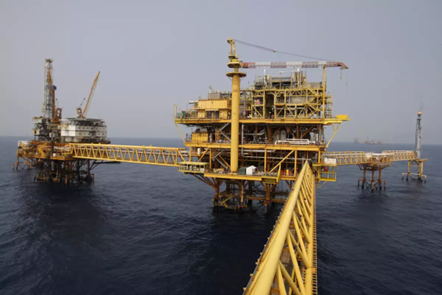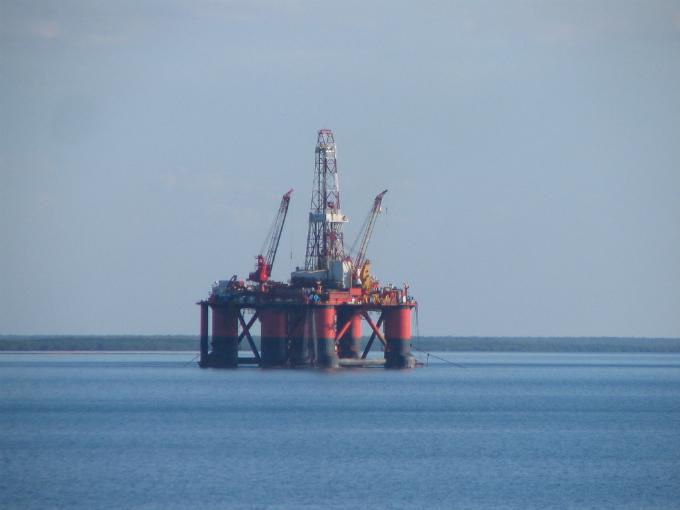
The Trión oil field in Mexico
Woodside Announces $7.2 Billion Investment for Oil Extraction at Trion Field in Mexico. This investment marks the first major fossil fuel project by the Australian company since it acquired BHP Group’s oil business last year.
The Trion oil field, a joint venture with state oil company Petroleos Mexicanos, will be the first offshore extraction project in Mexico, Woodside said. It is estimated to have a reserve of approximately 479 million barrels of oil equivalent, and production is expected to begin in 2028, the Perth-based company announced.
Woodside, Australia’s top oil and gas producer, has faced heavy pressure from activists and shareholders over its fossil fuel expansion plans. However, the company has maintained that the creation of new projects is necessary and that these can be consistent with global emission reduction targets.

Pressure and emission reduction targets
In February, the company announced its intention to explore potential acquisitions in the Gulf of Mexico, after reporting the highest profit in its history thanks to higher prices and the integration of BHP’s former power unit.
“Multiple oil demand forecasts have been considered and we believe Trion can contribute to meeting the world’s energy needs,” Meg O’Neill, Woodside’s chief executive, said in a statement. He added that about two-thirds of Trion’s reserves are expected to be extracted in the first 10 years of production.
Woodside inherited a 60 percent stake in Trion from BHP and plans to invest $4.8 billion in the project, subject to approval by Pemex and regulatory approvals expected in the fourth quarter of the year. The field’s floating production unit will have the capacity to produce 100,000 barrels of oil a day.

Woodside investments and additional projects
In addition to the project in Mexico, Woodside is developing the vast Scarborough gas field off the coast of Western Australia and has plans for other oil and gas projects. The company also intends to invest in the production of clean hydrogen.
The company has faced numerous resolutions from shareholders regarding climate change. One of its directors received the lowest level of support in a decade last April, and the company’s climate report was rejected by 49% of shareholders last year.
Who is the Woodside Company?

History and development of Woodside
Woodside is a renowned energy company based in Australia and a global presence in the oil and gas industry. Over the years, it has played an important role in the development and production of energy resources, becoming a leading company in its field.
Woodside’s history dates back to 1954, when it was founded as a subsidiary of the state-owned Australian Oil and Gas Corporation (AOGC). From its early years, Woodside was mainly engaged in exploration and prospecting studies for energy resources in Australia.
In 1971, Woodside made a discovery that would change his future and Australia’s energy landscape. In collaboration with international partners, the company found the North West Shelf natural gas field, located off the coast of Western Australia. This field became one of the largest gas deposits in the world and opened up new opportunities for Woodside.

Commitment to sustainability and environmental responsibility
Following the discovery of the North West Shelf, Woodside embarked on an ambitious project to develop and harness the region’s natural gas resources. The company built a natural gas liquefaction plant in Karratha, Western Australia, known as the North West Shelf LNG Plant. This facility was the first of its kind in Australia and marked an important milestone in Woodside’s history.
In addition to the North West Shelf, Woodside has been involved in several other major projects in Australia and overseas. The company has explored and developed oil and gas fields in countries such as Myanmar, Timor-Leste and Canada, which has contributed to its global expansion and reputation as a leader in the energy industry.
Over the years, Woodside has demonstrated a strong commitment to sustainability and environmental responsibility. The company has implemented measures to minimize the environmental impacts of its operations and has actively sought ways to reduce carbon emissions. In addition, Woodside has invested in renewables and explored clean technologies, such as green hydrogen, as part of its long-term vision for a more sustainable energy industry.
For more news about economy and money, click here








